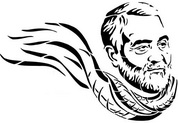PCE-7B13D-04 Backplane supports PCE-7xxx CPU boards
PCE-5B12D-04 Backplane supports PCE-5xxx CPU boards
If PCE-5127/7127 is used on different backplanes which has different PCIe configuration. Below message would be showed on first time power on, and user has to turn off AC power and then turn on for PCIe re-configuration.
"Caution! PCIe configuration error! Please turn off AC power before re-configuration."
PCE-5127 supports one x16 lane(s) for supporting Advantech backplanes 5BXX series.
* PCI Express x16 1 Gen 3.0
* PCI Express x1 4 Gen 2.0


